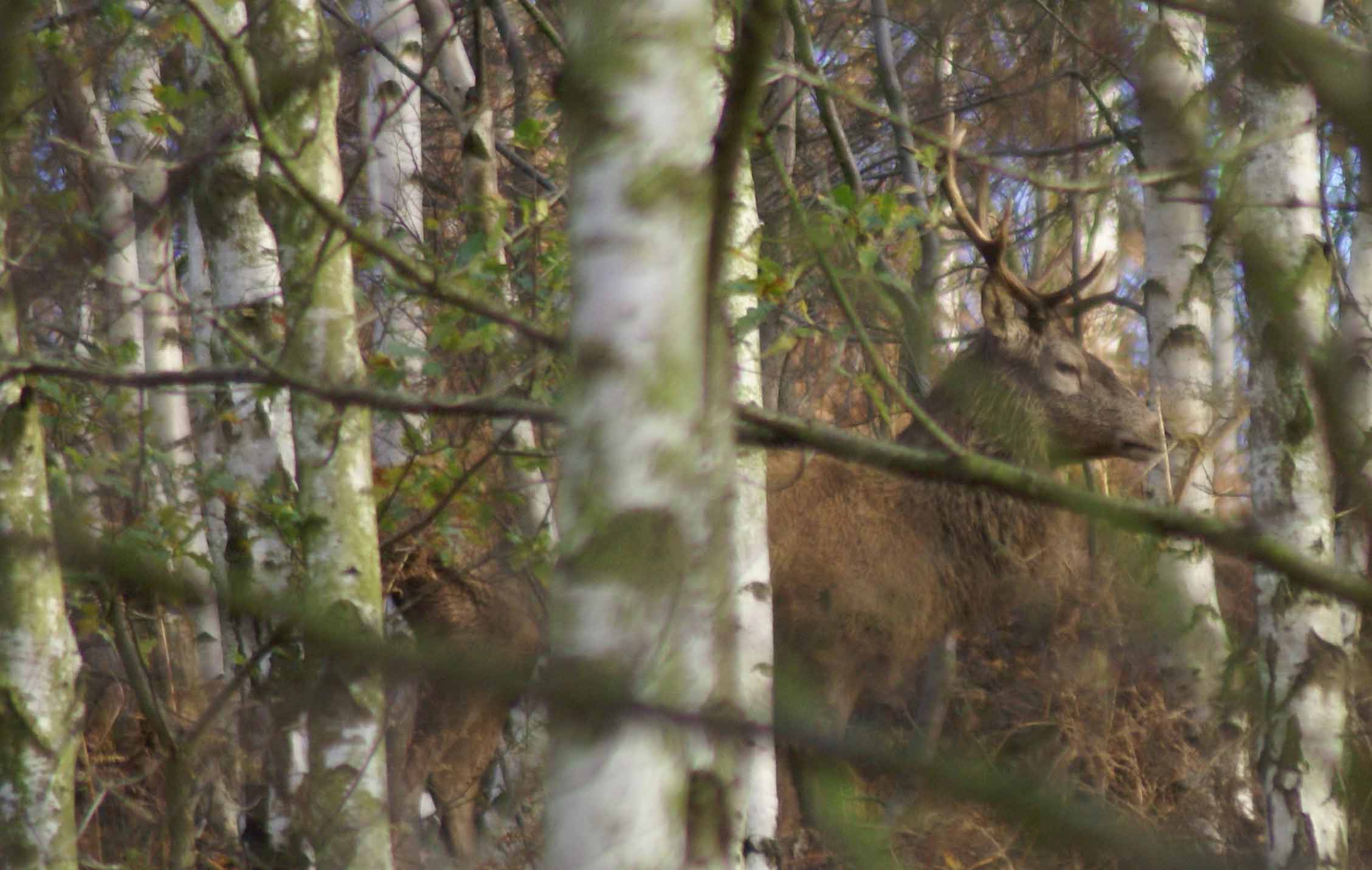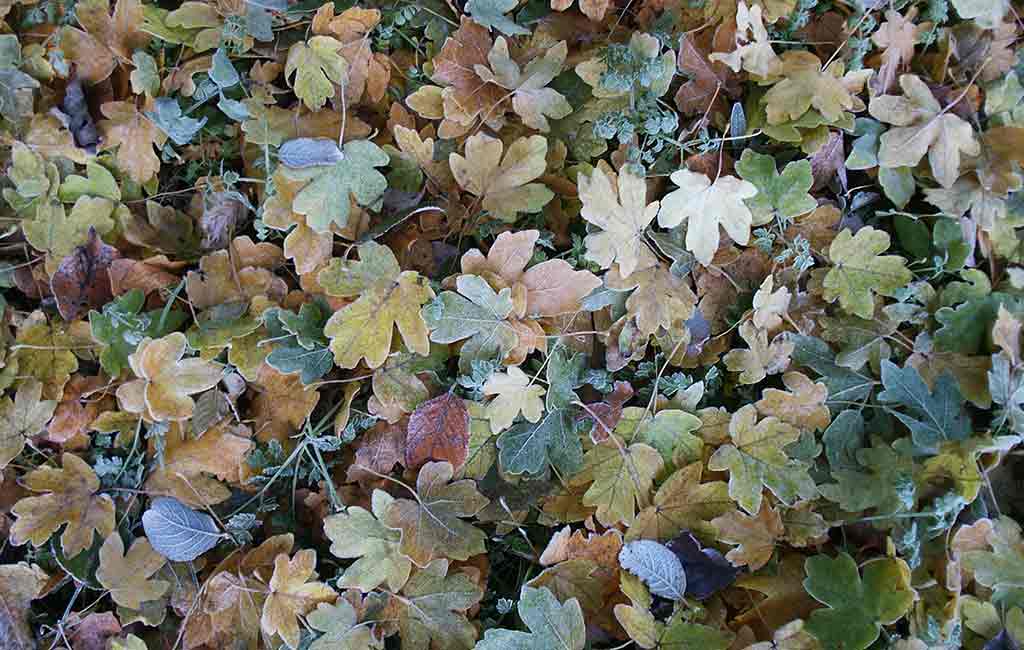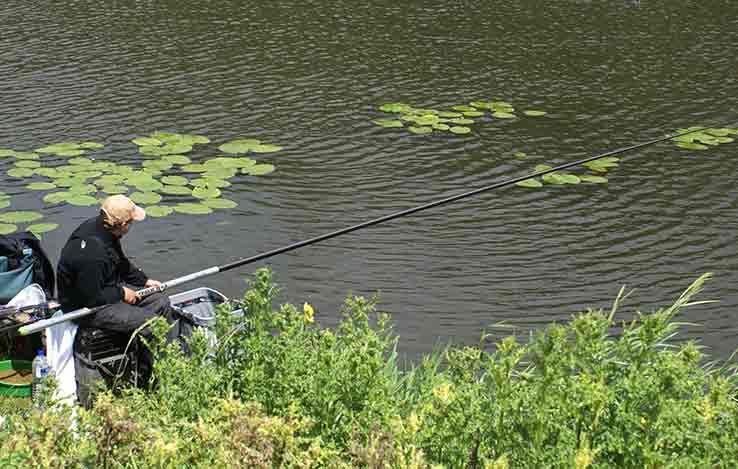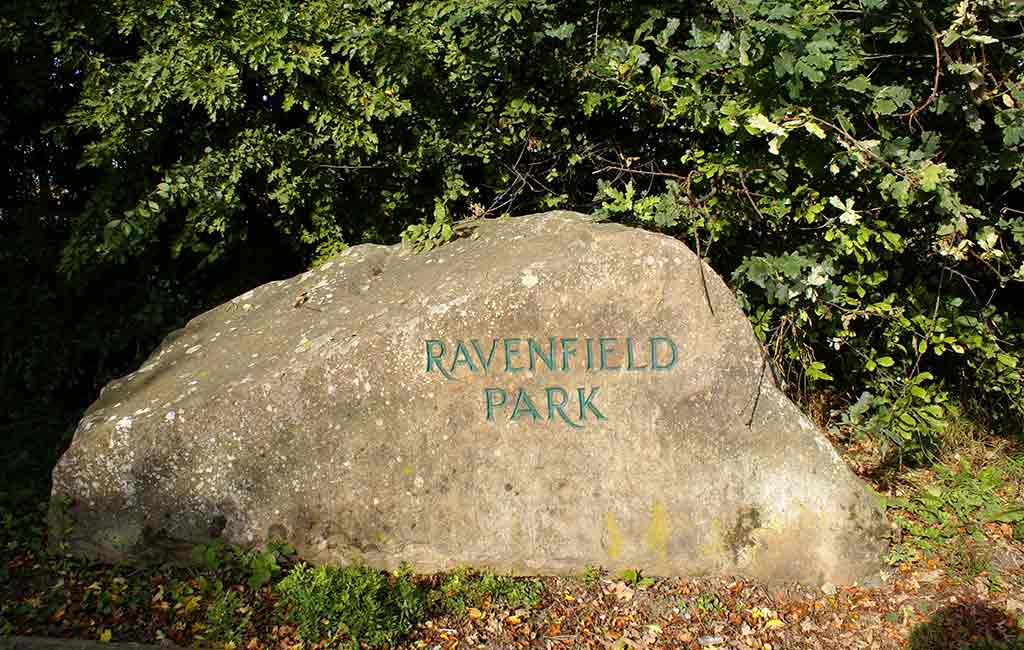The hedgerows emanating from the site act as corridors to ‘feed’ the park with fauna species and maintain the site’s importance as an oasis for wildlife. As a result, it is rich in wildlife and contains a number of plants and animals which are otherwise hardly known in Rotherham.
The slopes of the valley are well-drained and sandy, providing homes for plants and animals which can no longer exist in the more intensively managed parts of our countryside. For example, the Green Tiger Beetle and Green Grasshopper are normally found in the uplands while the Adder is becoming increasingly rare as its habitat is destroyed and is not known to exist anywhere else in Rotherham. Trailing St John’s Wort is only known in one or two places in the area.

The open grassland is a good local example of unimproved acid grassland, comprising of, for example, Wavy Hair Grass, Plicate Sweet-grass, Red Fescue, Sheep’s Fescue, Crested Dog’s-tail, Rough Meadow-grass, Creeping Bent, Heath Bedstraw and Creeping Cinquefoil.
The wooded areas are particularly good for birds and a variety of tits, finches and thrushes occur here. Tree Pipit is a regular, but uncommon summer visitor, while Siskin can often be seen feeding on the Alders in winter. Great Spotted Woodpeckers can also be seen while the saw fly, which feeds on alder cannot been found elsewhere in Yorkshire. During the winter you may see trees being cut, this is part of a management programme agreed with the Forrestry Commission.
The ponds, stream and wetland areas support a large number of birds and insects in addition to the fish. Trout, Bullhead and Stone Loach have been recorded in Hooton Brook while the various fish species in the ponds provide food for herons and kingfishers. Orange tip butterfly and Mullien Shark moth breed here while the list of crane flies include many which are rare in the North of England, while the soldier fly is a national rarity.
Among the birds which may be seen are Little Grebe, Pheasant, Kingfisher, Blackbird, Fieldfare, Song Thrush, Grey and Yellow Wagtails, Little and Tawny Owls, Jay, Grasshopper and Willow Warblers, Goldcrest, Great Tit, Tree Creeper and Reed Bunting.
In the evening Noctule and Pipistrelle bats can be seen feeding on insects.
Once present as stock animals, wild deer now visit the Park again, while frogs and toads can be found in spring and grass snakes in summer. Other animals include hares, foxes, stoats and weasels, and squirrels.
During the hour that it took to take the original photos for this website, a large variety of bird life was observed around the site. Besides herons, robins, wrens, chaffinches, coots, moorhens, Canada geese and mallards, a pair of red-legged partridges, a jay, a kingfisher and a tree creeper were seen.
Over the years the Angling Club has spent a lot of time effort and angler’s money ‘restoring the Park to its former glory’ and promoting its use by wildlife, and this was recogised by an award from the Council for the Protection of Rural England (CPRE).
In 2007/8 sheep were introduced in order to promote open grassland, which is important for the Park’s biodiversity, they also contributed to the Park’s upkeep by way of a small grant which was received for grazing them. Unfortunately soon after their introduction a number were killed by louts introducing dogs into the sheep compounds in order to worry them. The problems persisted until late 2009 by which time some 30 sheep had been killed. Since then no further introductions have been made resulting in the grassland being populated by scrub and birch.
This was just one of the imaginative ways that the angling club committee look to to help manage the Park for both angling, wildlife, and visitors.
For many years visitor access to the Park by way of footpaths etc was assisted by means of a small amount of grant aid from Defra. This is no longer the case since all grant aid has been withdrawn and all costs are now met by angler’s subscriptions. You can help this task by making a small donation. If you are able to do so please contact us via this website.
Nature
The Park is an oasis of wildlife in a ‘desert’ of agriculture, which is best seen via one of the concessionary footpaths that have been established for visitors…
Fishery History
It is likely that fish have been present at Ravenfield since the ponds were built. However there is little information about them until 1971 when a fisheries survey of the three original ponds…
Site History
The area we now know as Ravenfield Park is a remnant of a deer park owned by the Westby family, known to be living in Ravenfield before 1200 AD. It remained with them until 1749, when it was sold to a Miss Elizabeth Parkin…



